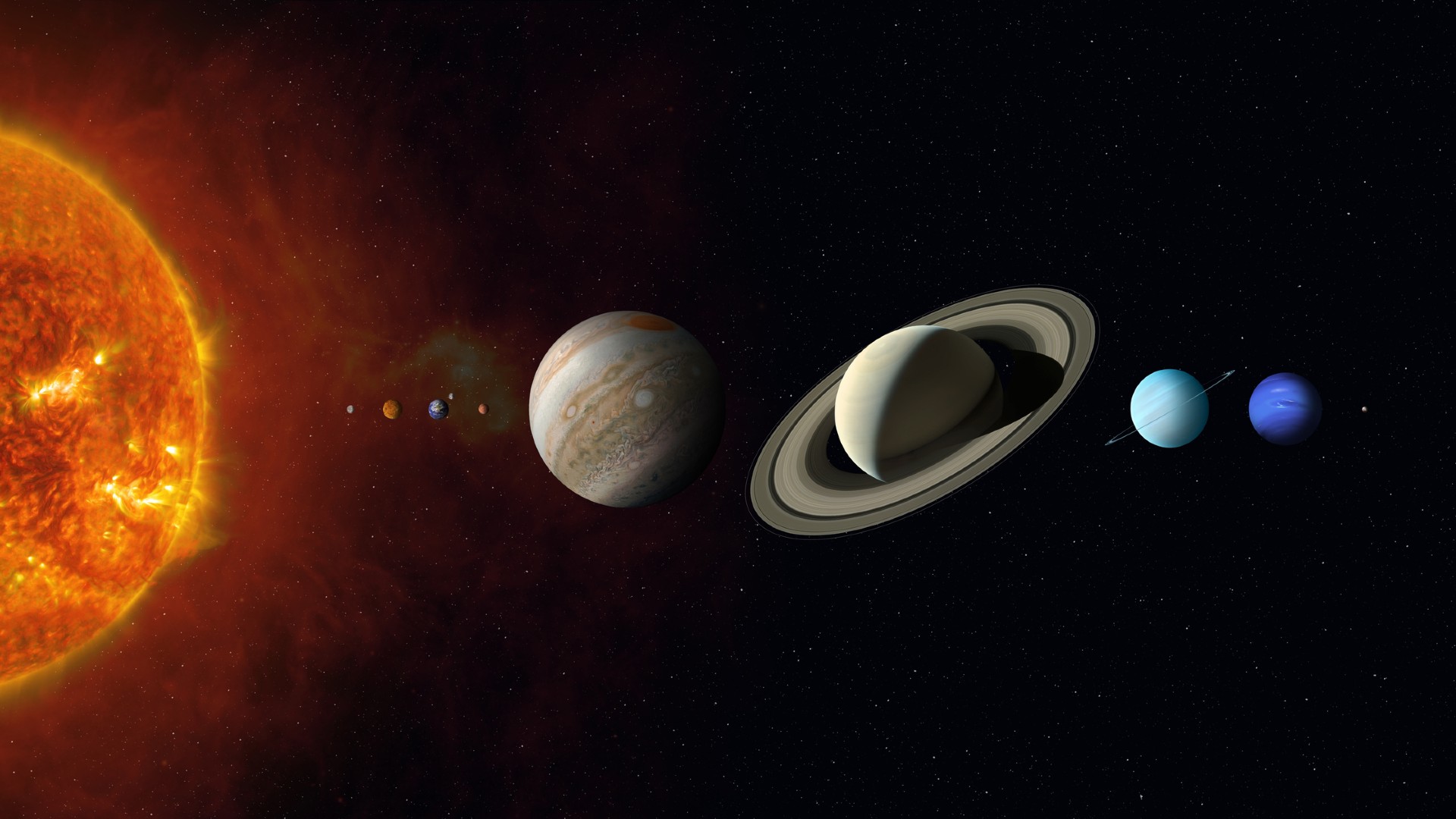Alternative Theories for Gamma-Ray Bursts
Several theories have tried to explain the most colossaleruptions in the universe. Here are the leading ideas:
White dwarf flares: Our Sun routinely ejects highspeed material and radiation in solarflares. Very old compact stars called whitedwarfs are known to flare as well, but the amount of energy is not enoughto explain distant GRBs.
Starquakes: Neutron starsare packed so tightly that their surfaces may sometimes crack under thepressure. These seismicevents have been detected, but it is unlikely one of these could releaseenough energy to be a GRB.
Merging neutron stars: Neutron stars sometimes comein pairs orbiting around each other. At some point the two will spiralinto each other. The smash-upmay explainshort duration GRBs that last less than 2seconds, but probably cannot explain the more common long duration GRBs.
Charged black holes: Black holes can be electricallycharged, and their sudden discharge could power a GRB. But it's not clearhow a black hole could gather enough charge to begin with.
Strange stars: The high density in neutron starscould transform normal matter into an exotic form of matter made of strangequarks. Such a conversion into a strangestar could release loads of energy, but whether this could result in a GRBis highly speculative.
Cannonballs: Instead of a continuous jet, material couldshoot from the central engine in chunks, or cannonballs. Although stilldebated, many scientists believe this model is ruled outby the data.
Breaking space news, the latest updates on rocket launches, skywatching events and more!
- New Explanation for the Greatest Cosmic Explosions

Michael Schirber is a freelance writer based in Lyons, France who began writing for Space.com and Live Science in 2004 . He's covered a wide range of topics for Space.com and Live Science, from the origin of life to the physics of NASCAR driving. He also authored a long series of articles about environmental technology. Michael earned a Ph.D. in astrophysics from Ohio State University while studying quasars and the ultraviolet background. Over the years, Michael has also written for Science, Physics World, and New Scientist, most recently as a corresponding editor for Physics.
